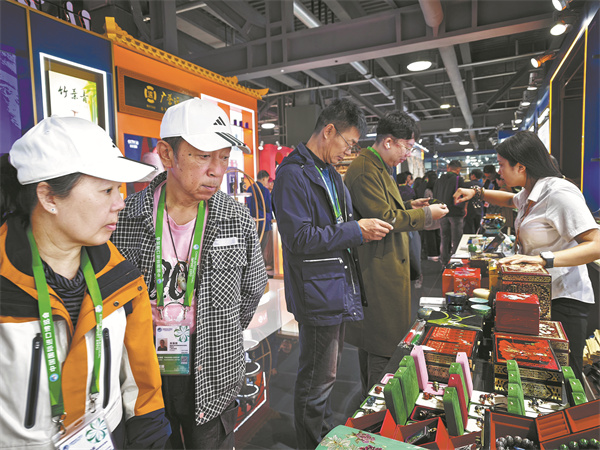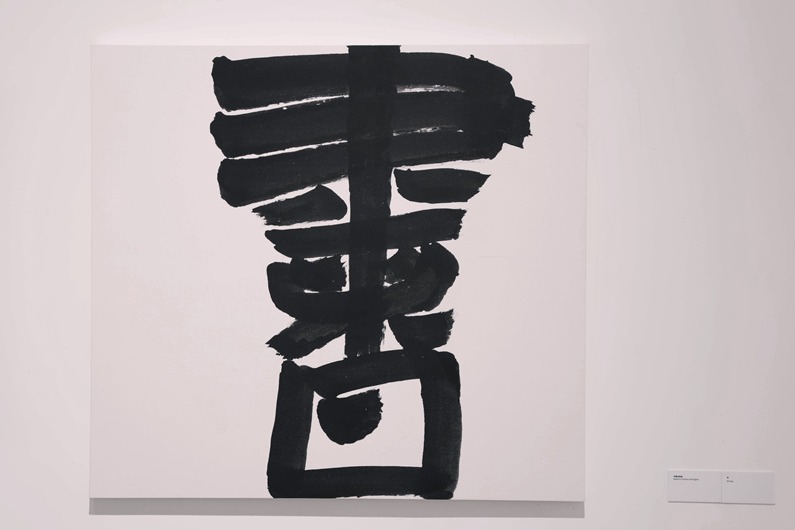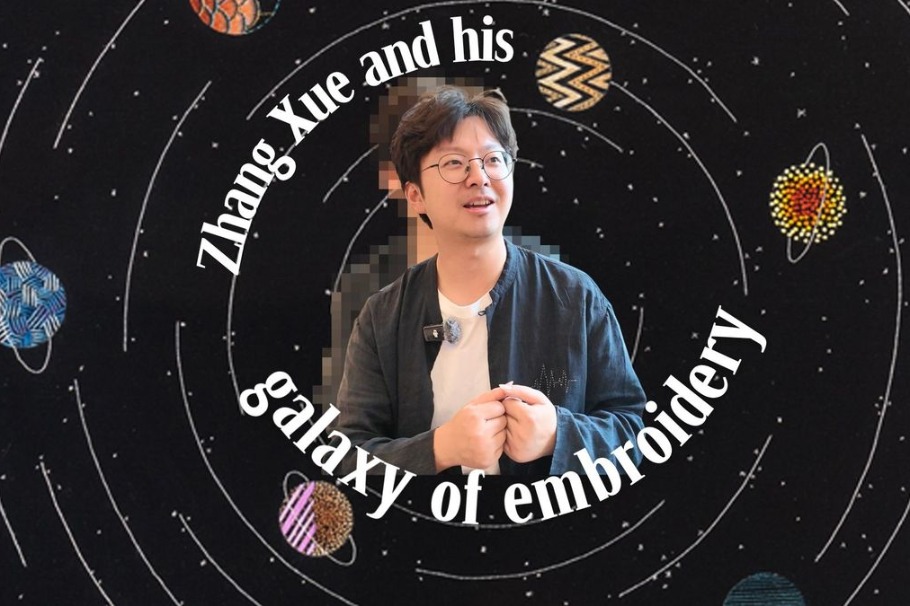Shanxi pavilion impresses at CIIE


Since 2018, the North China province of Shanxi has used the China International Import Expo as a platform to promote its high-level opening-up, share global resources and showcase its unique cultural heritage.
This year's CIIE, which ran from Nov 5 to 10 in Shanghai, was its eighth edition.
The Shanxi pavilion this year covered an area of 435 square meters. It featured a big screen in the shape of a painting scroll, showing the province's unique cultural assets, centuries-old traditions, tourist attractions, economic achievements and business opportunities.
As Shanxi's presence at this year's expo featured artistic performances and shows, it attracted a great deal of attention from visitors.
This year's CIIE, featuring the participation of 155 countries, regions and international organizations, is seen as a prime showcase to present Shanxi's cultural and tourism resources, latest industrial developments and trade and investment opportunities to the world.

Cultural heritage
A highlight of Shanxi's presence this year was the large number of exhibits representing Shanxi's cultural heritage, local traditions and time-honored brands.
Shanxi is one of the leading provinces in China in terms of cultural heritage. It has 182 items on the national list of intangible cultural heritage and 1,173 items on the provincial intangible cultural heritage list.
Guangyuyuan, for instance, is a time-honored Shanxi enterprise engaged in the development, production and sales of traditional Chinese medicines and healthy food. With a history dating back nearly 500 years, it is among the oldest TCM enterprises in China.
Its products were displayed at this edition of the CIIE, including medicinal liquor and TCM pills, which were produced with centuries-old techniques, attracting a great number of visitors.
"I'm glad to see so many visitors come to our booth, to learn about and taste the TCM products and health food," said Jing Long, manager for operations at Guangyuyuan Traditional Chinese Medicine. "We hope to use the CIIE platform to promote our products to the rest of the country and the rest of the world."
Meanwhile, hand-polished — or tuiguang — lacquerware from Pingyao county was one of the star exhibits at the Shanxi pavilion.
As the tuiguang lacquerware is produced with a millennium-old technique and recognized as a national intangible heritage item, the goods are known as one of the top four lacquerware varieties in China.
A staff member of a Pingyao-based lacquerware company told visitors that the hand-polished lacquerware of Pingyao is made of natural raw lacquer and varnished by hand using a special technique.
"Through embedding, sculpting, carving and colored painting, the lacquerware is decorated with patterns of mountains and rivers, flowers and birds, figures and pavilions," the staff member said, showing the lacquerware exhibits to visitors. "The unique technique and rich forms of expression are what make Pingyao tuiguang lacquerware stand out from other varieties."
Also at the Shanxi pavilion, a variety of exhibits on display were made with traditional techniques recognized as national or provincial intangible heritage items, including stone carving and brick carving.





































